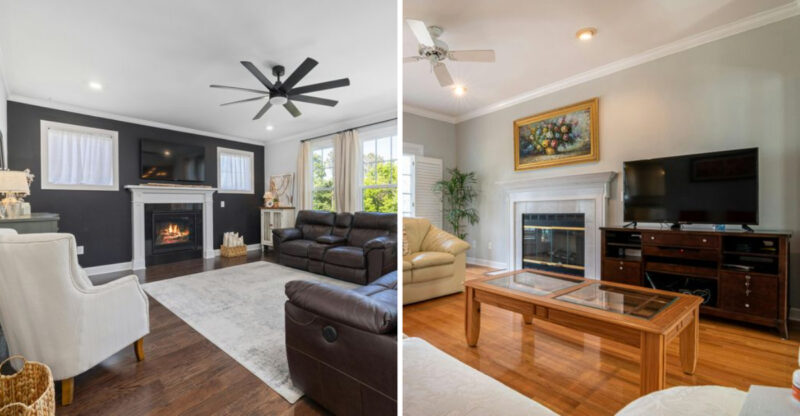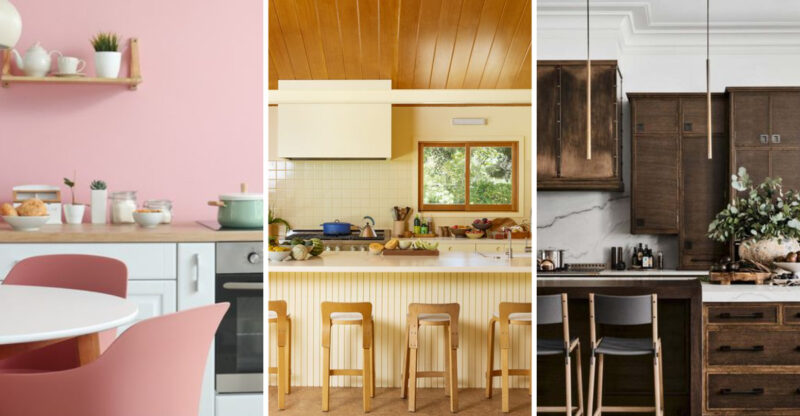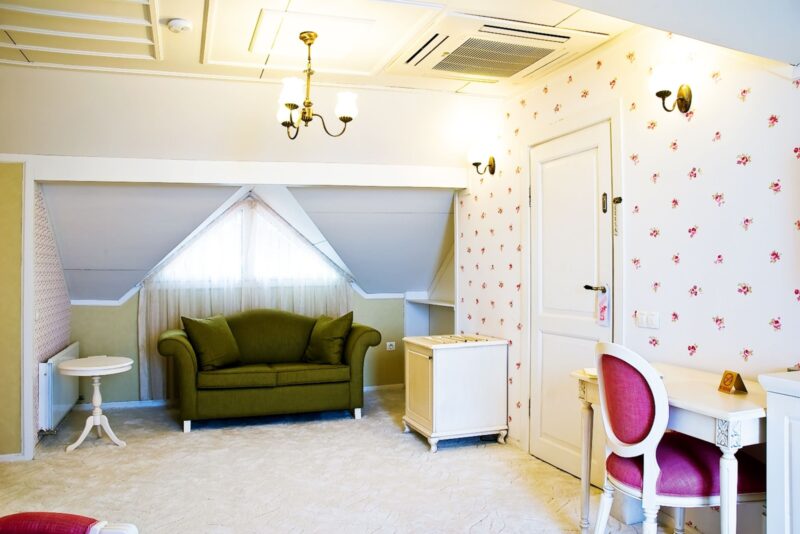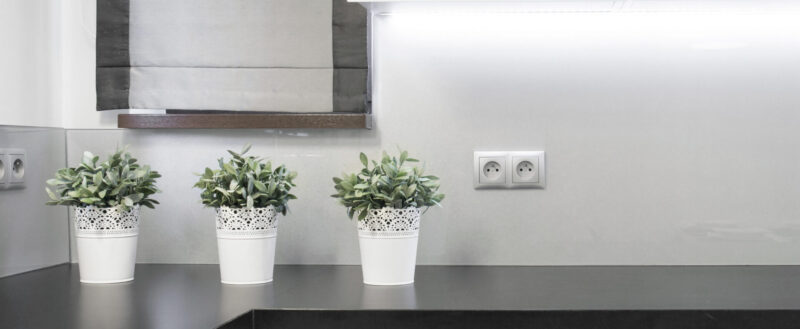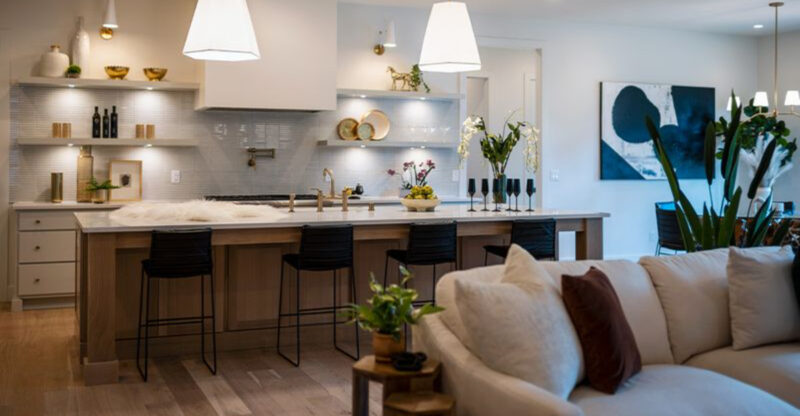12 Rapid Fixes From NYC Stagers That Make Any Space Look Better
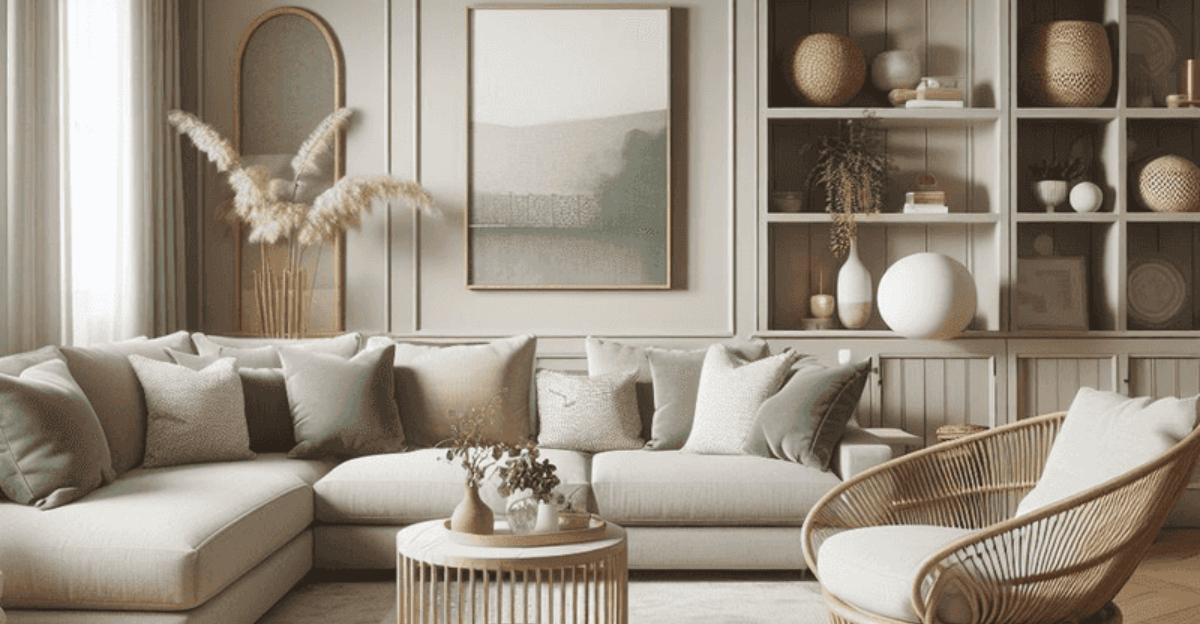
New York City apartment stagers know how to transform even the tiniest spaces into showstoppers that sell fast.
These pros work magic in cramped Manhattan studios and Brooklyn lofts every day, using tricks that anyone can borrow.
I’ve gathered their quickest, most effective space-enhancing secrets that don’t require major renovations or huge budgets. Whether you’re selling your home or just want it to look magazine-worthy, these 12 pro staging tricks will dramatically improve any room in just a few hours.
1. Declutter Like There’s No Tomorrow
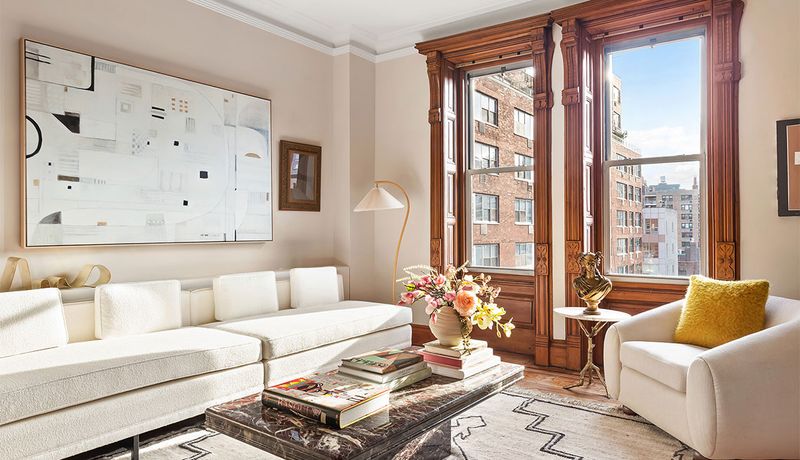
The golden rule of NYC stagers? If you haven’t used it in six months, box it up! Professional stagers know that spaciousness sells, and nothing kills that airy feeling faster than stuff everywhere.
I always tell my clients to remove at least half their belongings before staging begins. Start with countertops clear everything except one or two decorative items. Then tackle bookshelves, keeping only a few books arranged both horizontally and vertically with small decorative objects.
Storage bins are your secret weapon here. Attractive baskets hide everyday items while adding texture. Remember, potential buyers will open closets and cabinets, so don’t just shove everything in there! This single step can make rooms appear 30% larger.
2. Mirror Magic for Instant Space
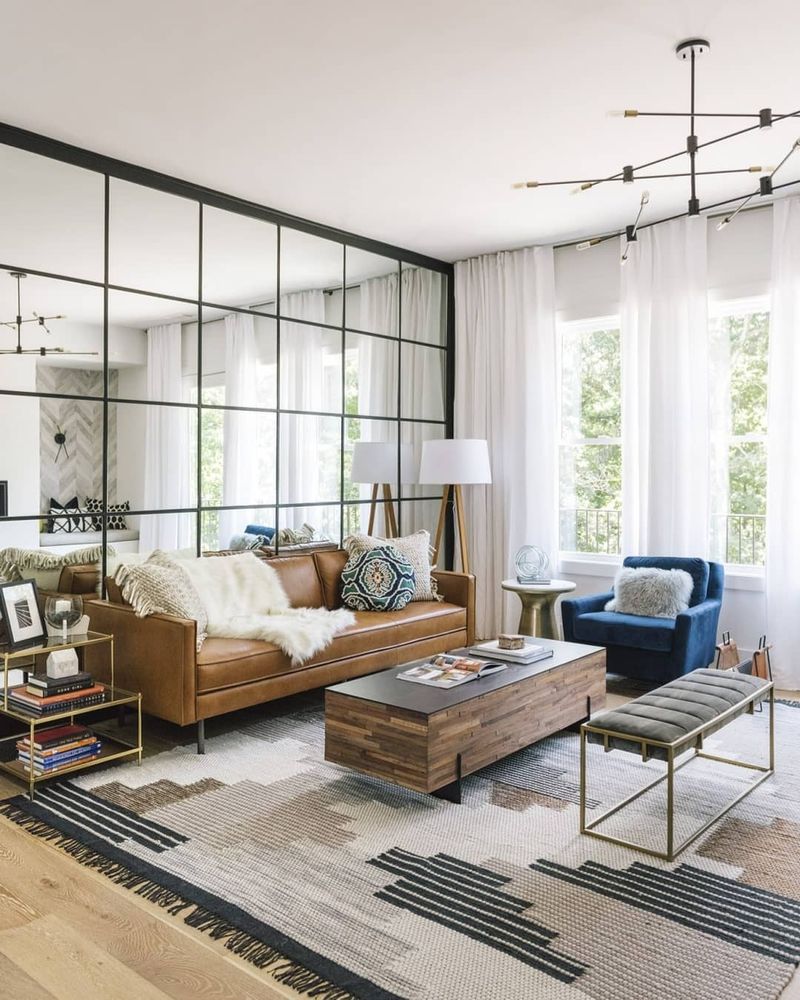
Strategic mirror placement is practically a religion among Manhattan stagers. Mirrors bounce light around rooms, making them feel twice as large without knocking down a single wall.
When hanging mirrors, position them across from windows to maximize natural light reflection. For narrow hallways, a full-length mirror at the end creates the illusion of extended space. Even small mirrors grouped gallery-style on a wall can visually expand a room.
If you’re feeling ambitious, mirrored furniture pieces like side tables or console tables work double-duty as functional pieces that disappear visually. This trick works especially well in bedrooms and dining areas where bulky furniture might otherwise overwhelm the space. The right mirror can transform a cave-like room into a light-filled oasis.
3. Rugs That Define and Delight
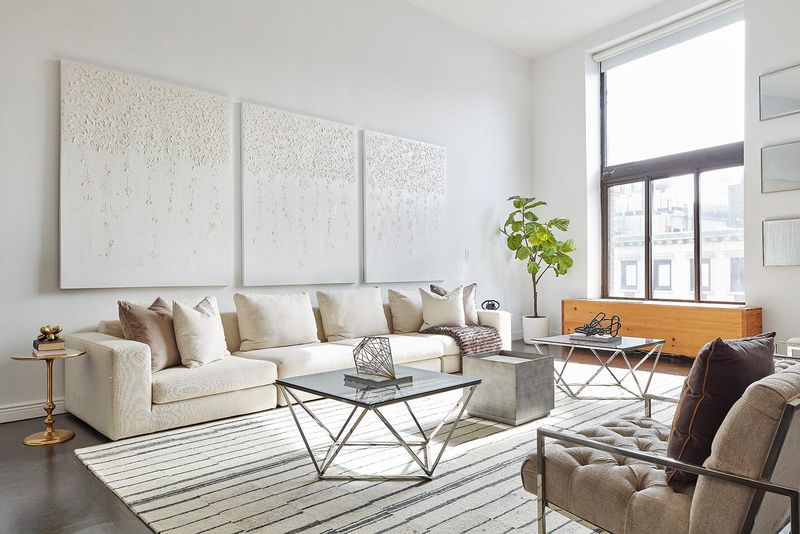
Throwing down the right rug instantly transforms a room from basic to boutique hotel. NYC stagers use rugs not just for comfort but as visual anchors that define spaces within open-concept layouts.
Size matters tremendously with rugs. Too small, and your room looks choppy and unfinished. The rule: at least the front legs of all furniture should rest on the rug. In dining areas, choose a rug large enough that chairs remain on it even when pulled out.
Light-colored rugs with minimal patterns make rooms feel more spacious. For tiny apartments, try a single large rug rather than multiple small ones, which can make a space feel chopped up. Natural fiber rugs like jute offer texture without overwhelming small spaces, creating that perfect foundation that professional stagers swear by.
4. Three-Layer Lighting for Ambiance
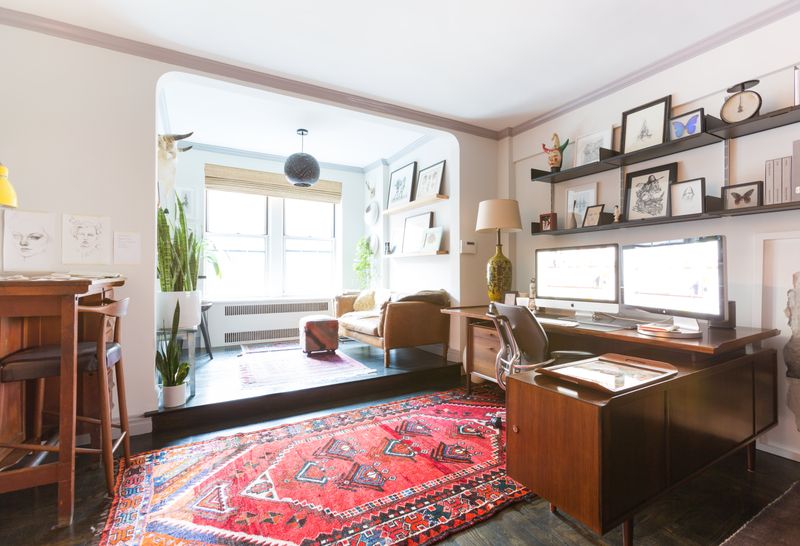
Did you know most NYC apartments are drastically under-lit? Professional stagers always bring in additional lighting because they understand that proper illumination makes spaces feel larger and more inviting.
The magic formula is three-layer lighting: ambient (overhead), task (desk lamps, reading lights), and accent (table lamps, sconces). Even the smallest studio needs 5-7 light sources distributed at different heights. Floor lamps in corners instantly eliminate shadows that make rooms feel smaller.
Warm-toned bulbs (2700-3000K) create that cozy, upscale feeling buyers love. Replace dated fixtures with simple, modern designs this alone can update a space dramatically. Remember to place lights near mirrors to maximize their space-expanding effects and create that perfect golden glow that makes everyone look good.
5. Paint Tricks That Transform Rooms
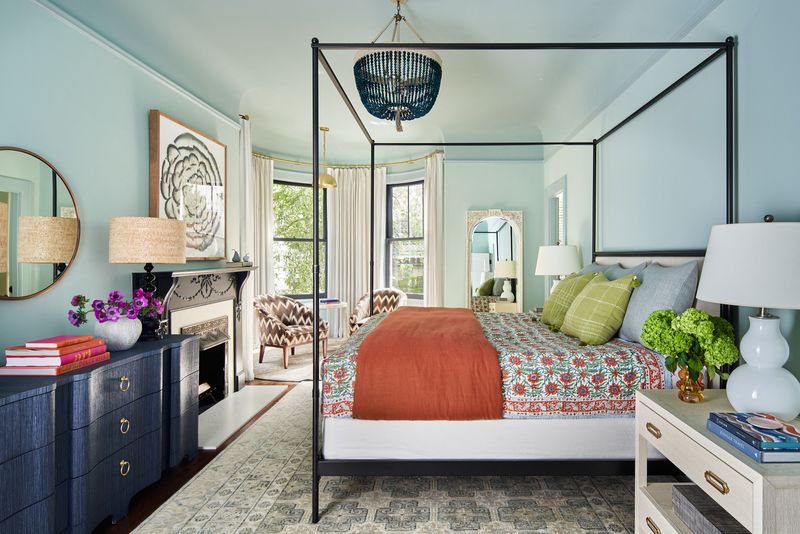
A fresh coat of paint delivers the biggest bang for your buck, according to NYC’s top stagers. Beyond just covering scuffs, strategic color choices can visually raise ceilings or widen narrow rooms.
Light, cool-toned neutrals like pale gray, soft white, or greige make spaces feel larger and more modern. For small rooms, painting the ceiling the same color as walls eliminates the visual cutoff, creating the illusion of height. One bold accent wall can add depth to a boxy room.
Here’s a pro secret: painting trim and doors the same color as walls creates a seamless look that makes rooms feel bigger. Satin or eggshell finishes reflect light better than flat paint. When in doubt, Benjamin Moore’s “White Dove” and “Pale Oak” are foolproof choices that Manhattan stagers use repeatedly because they work in virtually any space.
6. Furniture Placement That Maximizes Flow
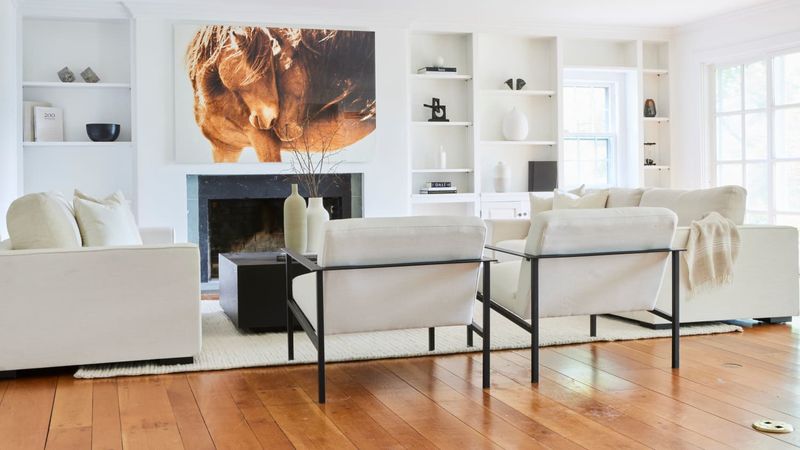
How your furniture sits in a room matters more than what pieces you own. Manhattan stagers often remove half the furniture from a space, then rearrange what remains for maximum impact.
Pull furniture away from walls even an inch creates the impression of more space. Arrange seating to create conversation areas, ideally in an H or U-shape pattern. Floating furniture in the center of a room with space behind it actually makes small rooms feel larger than pushing everything against walls.
Scale is crucial oversized furniture drowns small spaces. Replace bulky pieces with ones that have legs, allowing you to see floor underneath, which creates visual breathing room. In bedrooms, position the bed so it’s visible from the doorway with equal space on both sides. This balanced approach instantly makes rooms feel more intentional and spacious.
7. Living Plants for Instant Vitality
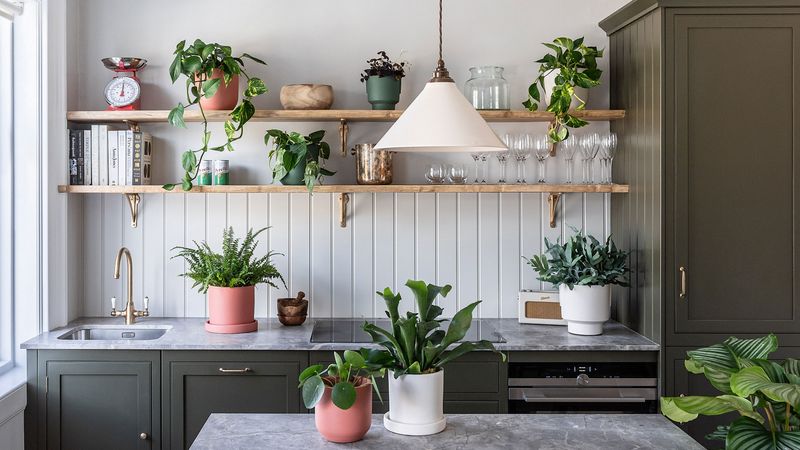
Nothing breathes life into sterile spaces faster than greenery. Brooklyn stagers particularly love using plants to soften hard edges and add dimension to rooms without taking up valuable floor space.
Tall plants draw the eye upward, making ceilings feel higher fiddle leaf figs and snake plants are staging favorites. For small spaces, wall-mounted planters or hanging plants add greenery without sacrificing square footage. Even kitchen counters benefit from small herb plants that add color and function.
If your thumb isn’t green, high-quality faux plants work almost as well. Stick with larger statement plants rather than many small ones, which can look cluttered. Place plants near windows where they naturally belong, or use them to soften corners and transitions between rooms. This single addition makes spaces feel more finished and thoughtfully designed.
8. Hardware Swaps for Instant Updates
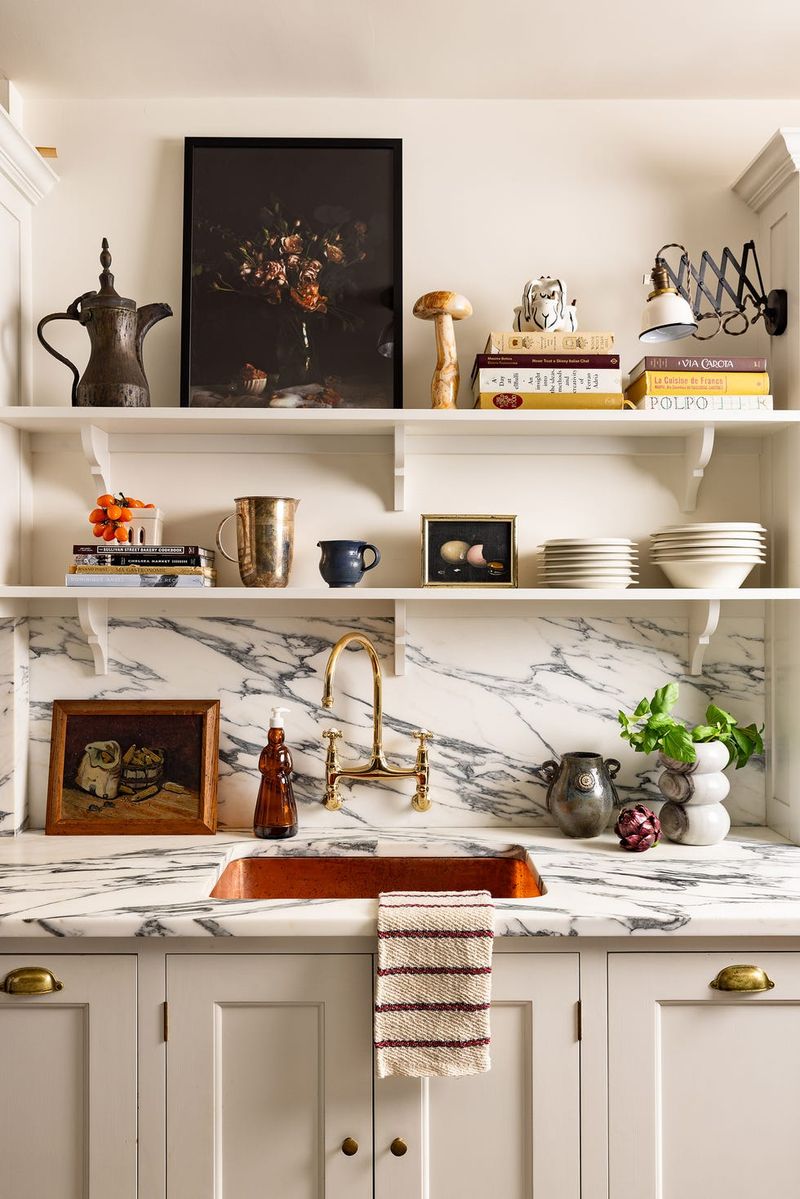
Replacing dated handles and knobs is the fastest way to modernize kitchens and bathrooms without renovation. NYC stagers routinely swap out builder-grade hardware for sleek alternatives that transform basic cabinets instantly.
Matte black and brushed brass are current favorites that make even budget cabinetry look custom. For rental apartments, keep the original hardware to reinstall before moving out. The key is consistency use the same finish throughout a space for a cohesive look.
Beyond kitchens, updating doorknobs, drawer pulls, and even light switch plates creates a remarkable difference. Measure existing drill holes before shopping to ensure new hardware fits perfectly. This seemingly small change signals to visitors that the entire space has been thoughtfully updated, even when you’ve only changed these minor elements.
9. Window Treatment Transformations
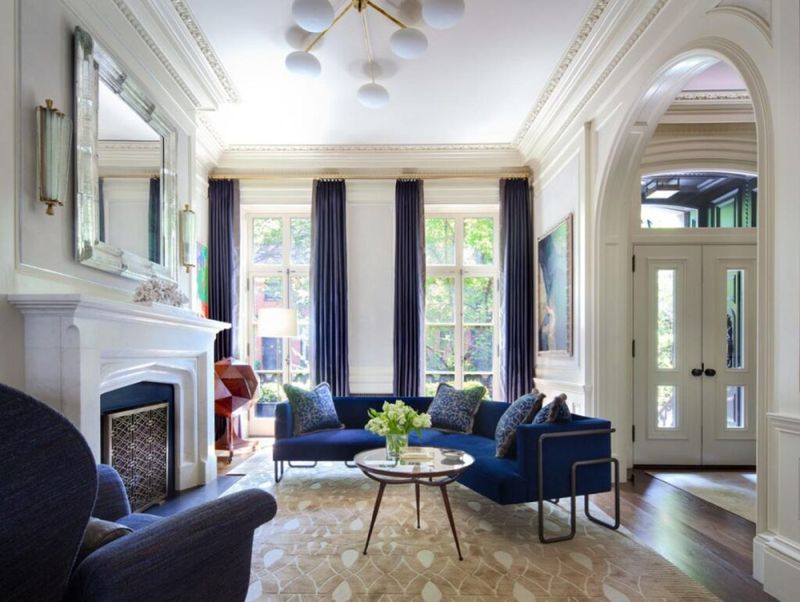
Poorly chosen curtains can make even luxury apartments look shabby. Manhattan stagers always hang curtains high and wide extending rods at least 10 inches beyond window frames and mounting them just below the ceiling.
This simple trick makes windows appear larger and ceilings higher. Light, solid-colored panels in neutral tones work best, allowing natural light to filter through while maintaining a clean aesthetic. Avoid heavy patterns or dark colors that visually weigh down spaces.
For maximum impact, ensure curtains break slightly at the floor no high-waters allowed! In extremely small spaces, roman shades provide clean lines without the visual bulk of side panels. The right window treatments frame views while softening hard architectural lines, instantly elevating rental-grade windows to custom-home status.
10. Neutral Color Palette with Strategic Pops
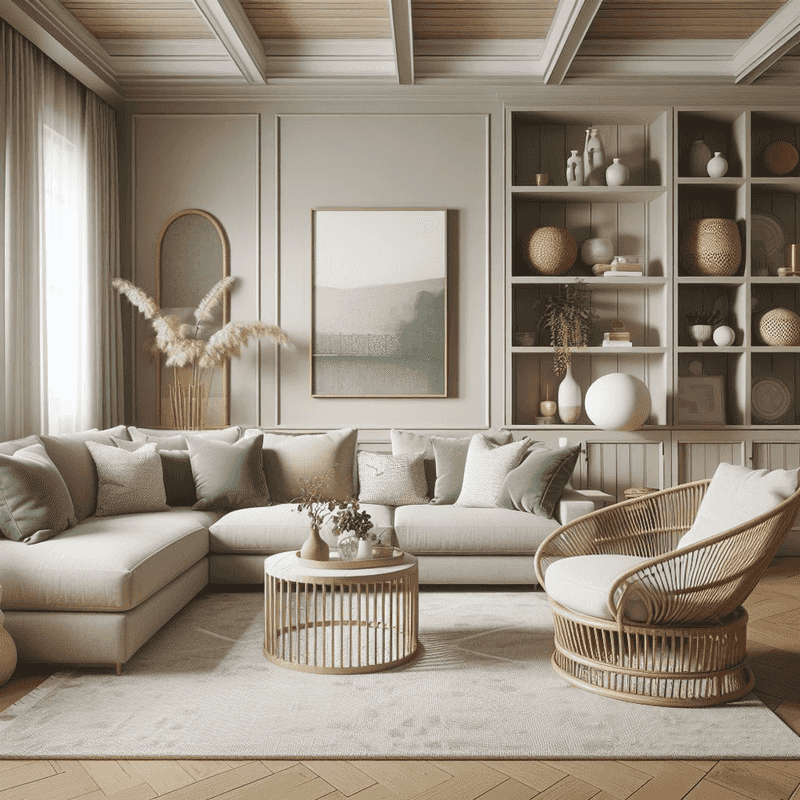
Walk into any successfully staged NYC apartment and you’ll notice a consistent neutral backdrop with carefully chosen color accents. This approach creates a cohesive flow that makes spaces feel larger and more intentional.
Start with a foundation of whites, grays, taupes, and beiges for walls and large furniture pieces. Then add personality through accessories in 2-3 accent colors pillows, throws, art, and decorative objects. Blue and green tones are particularly effective as they reference nature and promote calm.
The 60-30-10 rule guides this approach: 60% dominant neutral color, 30% secondary color, and 10% accent color. This balanced distribution prevents visual chaos while adding interest. When selling, keep accent colors sophisticated rather than bold navy, emerald, or terracotta rather than primary red or yellow—to appeal to the broadest audience.
11. Strategic Artwork That Enhances Scale
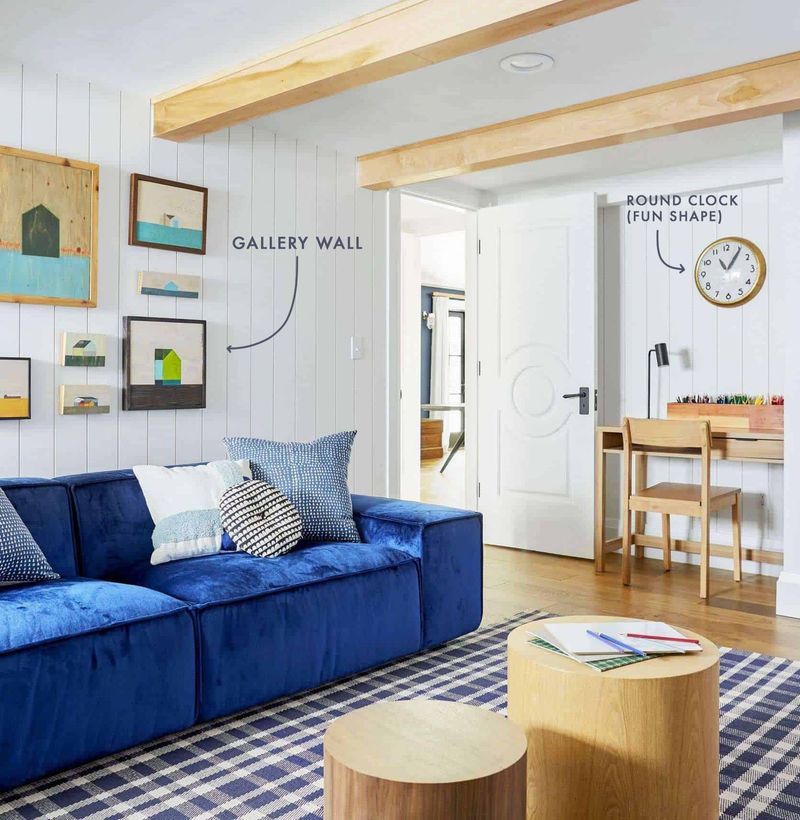
Artwork isn’t just decoration it’s a powerful tool for manipulating spatial perception. Professional stagers use large-scale art to create focal points and establish proper proportions in rooms.
One oversized piece makes more impact than several small frames, which can look cluttered. For maximum effect, hang art at eye level (57-60 inches from the floor to the center). In dining areas, position pieces slightly lower to be properly viewed when seated.
Abstract art with horizontal lines visually widens narrow spaces, while vertical compositions draw the eye upward in rooms with low ceilings. Can’t afford large-scale art? Create a cohesive gallery wall using matching frames or a consistent color scheme. Black and white photography works universally well and adds sophistication without competing with other design elements.
12. Textural Elements for Depth and Interest

Texture is the secret ingredient that elevates spaces from flat to fabulous. Brooklyn stagers are masters at layering different tactile elements to create visual interest without adding clutter.
Mix materials like wool, linen, leather, wood, metal, and glass within the same space. Even in monochromatic rooms, textural variety prevents the sterile feeling that turns off potential buyers. Chunky knit throws, nubby pillows, and natural fiber rugs add warmth to modern spaces.
Incorporate texture through unexpected elements like textured wallpaper on a single wall, a rattan pendant light, or a rough-hewn wooden bench. These touches add depth that flat surfaces alone can’t achieve. For maximum impact, balance rough textures (like rattan or sisal) with smooth ones (like glass or polished metal) to create that perfectly layered look that defines professionally designed spaces.

